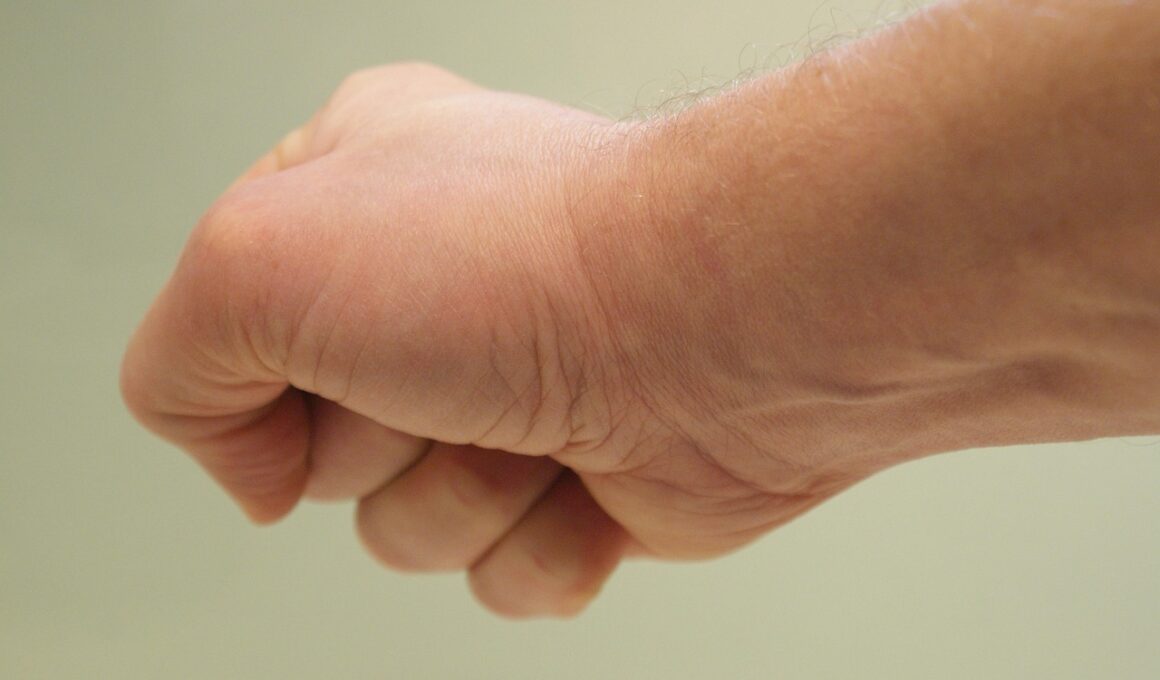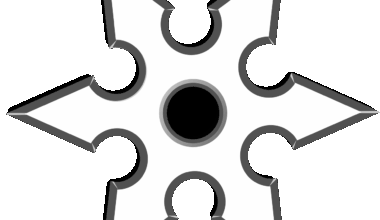Breathing Patterns to Maximize Plyometric Cool-down Benefits
Plyometrics are high-energy exercises that require proper recovery techniques to prevent injury and promote effective muscle restoration. One essential component of a successful cool-down is adopting appropriate breathing patterns. Focusing on the rhythm of your breath can enhance relaxation, lower heart rates, and aid in the restoration of muscle function. Controlled breathing exercises, such as deep belly breaths, are particularly effective in transitioning the body from an active state to a calm state. By directing your attention to each inhale and exhale, you foster a greater awareness of your body while assisting in reducing any residual tension. Through mindful breathing, individuals also optimize oxygen flow, contributing to improved recovery times. It is crucial to incorporate these techniques into your post-workout routine, as it results in better performance during subsequent plyometric sessions. Moreover, taking time to breathe properly helps clear mental clutter, improving focus and concentration for future workouts. In summary, understanding and implementing various breathing patterns can greatly enhance the benefits of the cooldown process.
One effective technique for cool-down breathing involves the use of diaphragmatic breathing, also known as abdominal breathing. This method encourages full oxygen exchange and engages the diaphragm, which is a powerful muscle involved in respiration. To practice this method, find a comfortable position, either seated or lying down, and place one hand on your chest and the other on your abdomen. Inhale deeply through your nose, ensuring that your abdomen expands outward, while your chest stays relatively still. As you exhale gently through pursed lips, feel your abdomen fall. Repeat this process for several minutes, focusing on the rhythm of your breath. Research has shown that diaphragmatic breathing increases lung capacity and can decrease anxiety levels, both of which are beneficial post-exercise. In addition, the slower, deeper breaths help to reduce heart rates more effectively than shallow breaths. By incorporating this technique into your plyometric cooldown, you’ll likely experience a quicker return to your resting state, enhancing overall recovery. Remember, consistency is key, so practice this method regularly for optimal results.
Another prominent breathing method is the 4-7-8 technique, which serves as an excellent tool for relaxation following intense plyometric workouts. This method, developed by Dr. Andrew Weil, focuses on inhaling for a count of four seconds, holding the breath for seven seconds, and exhaling for eight seconds. The pattern encourages greater lung expansion and promotes calmness, making it ideal for recovery after high-intensity exercises. To begin, find a quiet space where you can sit comfortably upright. Inhale deeply for four counts, then hold your breath for seven counts, feeling your body relax with each passing moment. Finally, exhale slowly through your mouth during the eight counts. This approach not only improves oxygen absorption but also helps regulate the autonomic nervous system, which can alleviate stress post-performance. Regularly practicing the 4-7-8 technique can further enhance mental clarity, an essential element for anyone engaging in plyometric training. Once you integrate this breathing technique into your routine, you’ll likely find a more effective transition from workout exertion to recovery.
The Role of Exhalation in Stretching
During plyometric cool-down sessions, exhalation plays a crucial role in improving flexibility and overall muscle recovery. Emphasizing controlled, prolonged exhales during stretching exercises ensures that muscles remain relaxed and can effectively regain their natural length. This phenomenon occurs due to the relaxation response triggered by our breathing patterns. As you stretch, practice exhaling completely and slowly, allowing your muscles to release any lingering tension. A simple yet effective method is to synchronize your breath with the movements of your body. For instance, during a hamstring stretch, inhale while preparing to stretch and exhale when reaching the deepest part of the stretch, resulting in better stretch efficiency. Make a habit of using this approach with various stretches, guiding your body towards its optimal flexibility. Not only will proper exhalation during stretching enhance recovery and flexibility, but it will also establish a stronger mind-muscle connection. Ultimately, integrating focused exhalation with stretching aids in the effective cooldown process, setting the stage for improved plyometric performance going forward.
Progressive muscle relaxation (PMR) is yet another excellent technique to combine with breathing for an effective plyometric cooldown. This method entails systematically tensing and relaxing muscle groups while maintaining a steady breathing pattern. Begin by finding a comfortable position, either seated or lying down, and take a few deep breaths to center yourself. Start from your feet, tensing the muscles for five seconds as you inhale, then exhale fully while relaxing them. Progressively work your way up through your body, focusing on different muscle groups such as your legs, abdomen, arms, and finally your face. Regular practice of PMR contributes to reduced muscle tension and increased relaxation, which is particularly beneficial after high-impact plyometric workouts. By integrating this technique, you enhance the effects of cool-down breathing, promoting faster recovery and minimizing muscle soreness. Moreover, progressive muscle relaxation allows you to cultivate a heightened awareness of your body, assisting in identifying any specific areas requiring additional care during your cooldown. Overall, this practice can significantly impact both physical and mental recovery post-exercise.
Combining Breathing Techniques
Mixing various breathing techniques can lead to a uniquely effective plyometric cooldown experience. For instance, consider beginning your cooldown with diaphragmatic breathing to ground yourself and quickly lower your heart rate. Once you’ve settled into a rhythmic pattern, transition to the 4-7-8 technique for additional benefits of relaxation and oxygen absorption. Following this, incorporate exhalations during stretching to maximize the benefits of each stretch you perform. Finally, round off your cooldown with progressive muscle relaxation, utilizing proper breathing to enhance the effects of relieving muscle tension. By combining these approaches, you create a comprehensive cooldown routine that addresses both physical and mental aspects of recovery. This integrated method not only helps with muscle restoration but also enhances your overall performance in subsequent plyometric training sessions. Ensure to allocate sufficient time for this combined cooldown routine, allowing adequate focus on each technique. As you engage with these breathing strategies, your mind will become more attuned to the signals of your body, enabling you to target recovery more effectively for continued improvement.
In conclusion, mastering breathing patterns is an essential component of effective plyometric cooldown techniques. By implementing methods such as diaphragmatic breathing, the 4-7-8 technique, exhalation during stretching, and progressive muscle relaxation, athletes can enhance their recovery process significantly. Each of these techniques not only contributes to physical recovery but also promotes mental clarity and focus for subsequent workouts. Optimal recovery is crucial in ensuring continued improvements in performance and reduced risk of injury. Therefore, make it a point to integrate these vital breathing methods into your cooldown routine after plyometric training. Over time, you’ll notice improvements in overall flexibility, relaxation, and faster muscle recovery, all leading to enhanced athletic performance in future sessions. Challenge yourself to remain consistent in adopting these practices for maximum benefits. Fostering an awareness of how your breath can influence your recovery will enhance your understanding of your body’s needs. In effect, these breathing techniques will not only support your physical performance but also contribute positively to your mental game.



